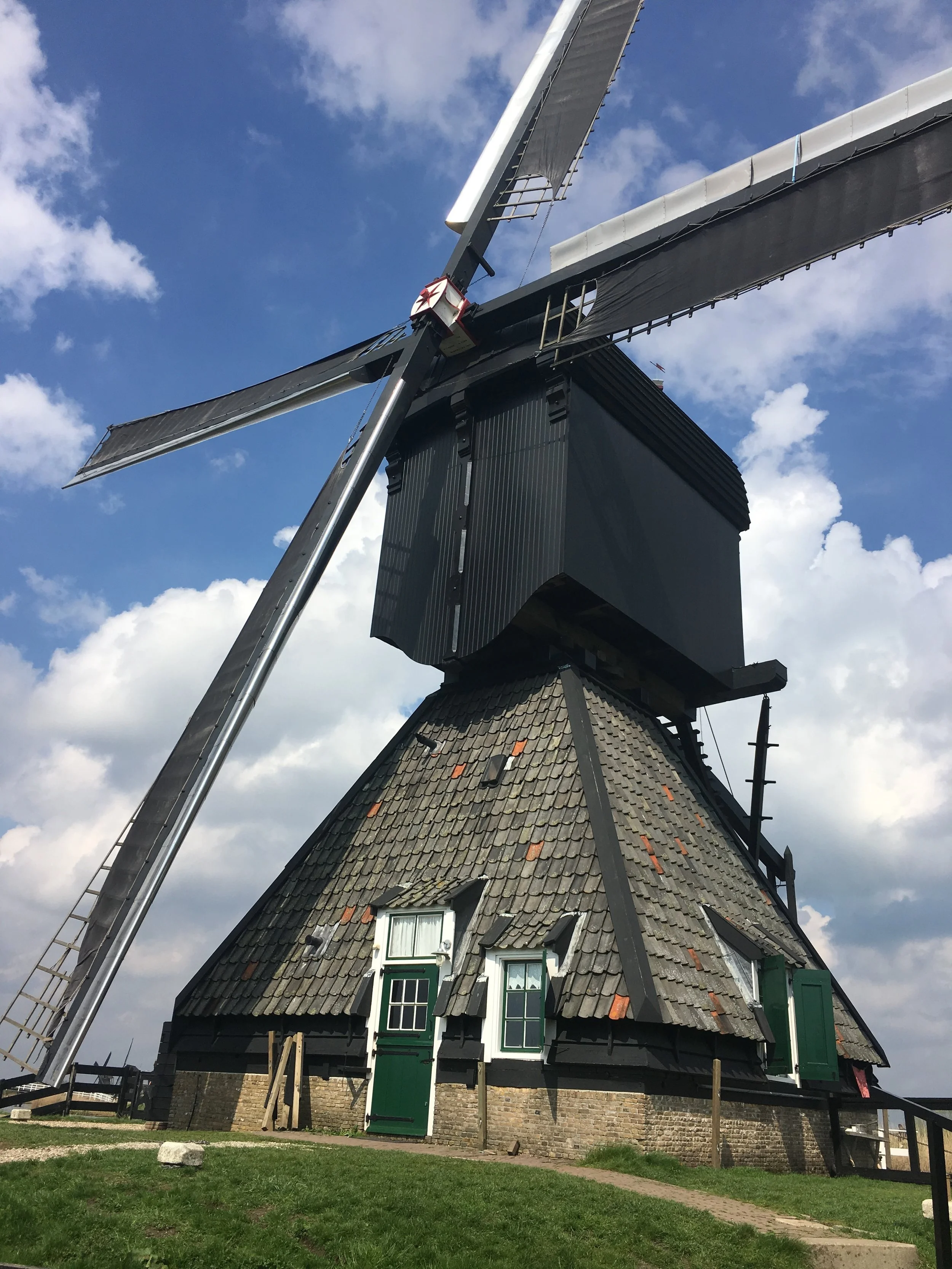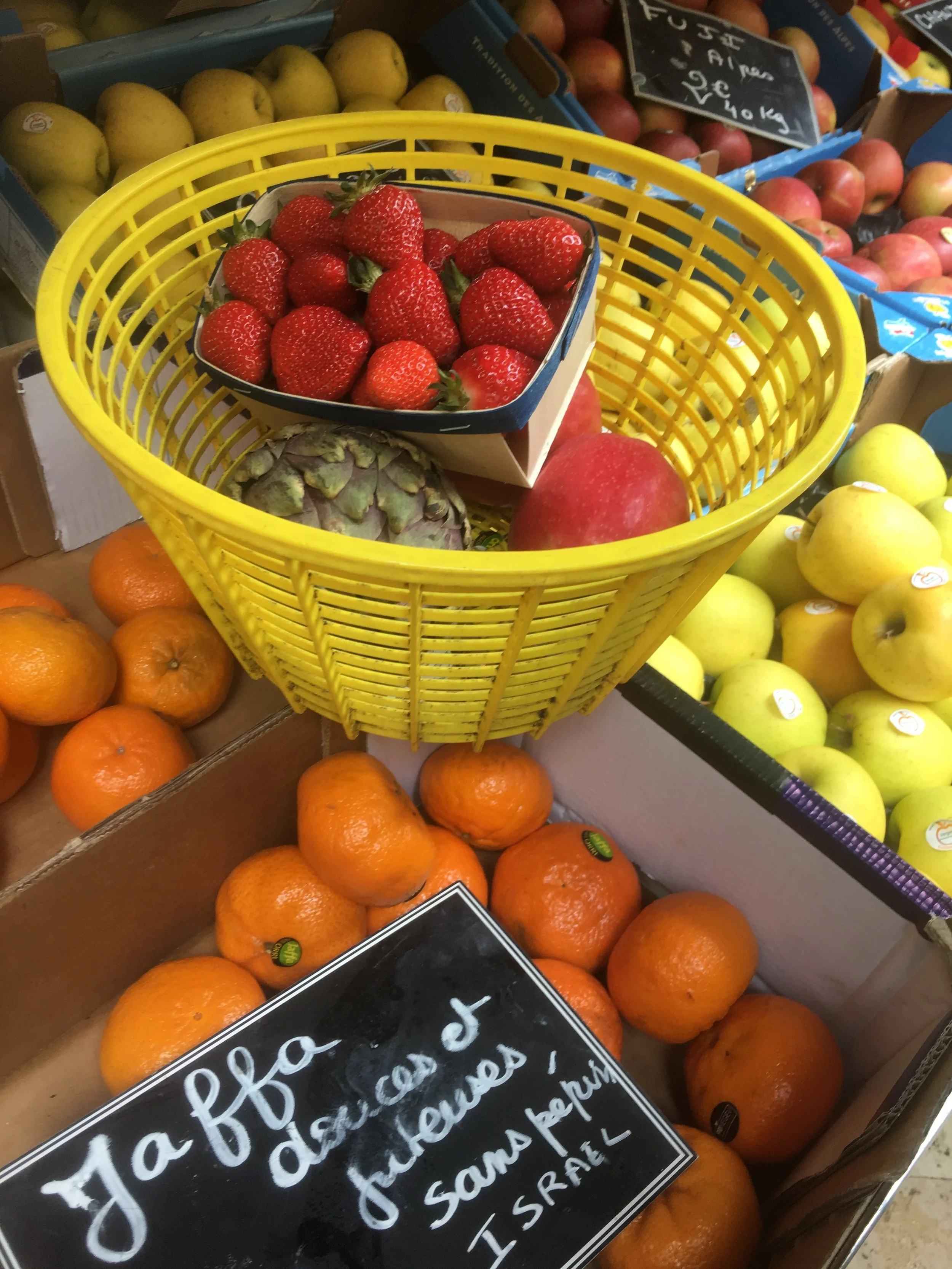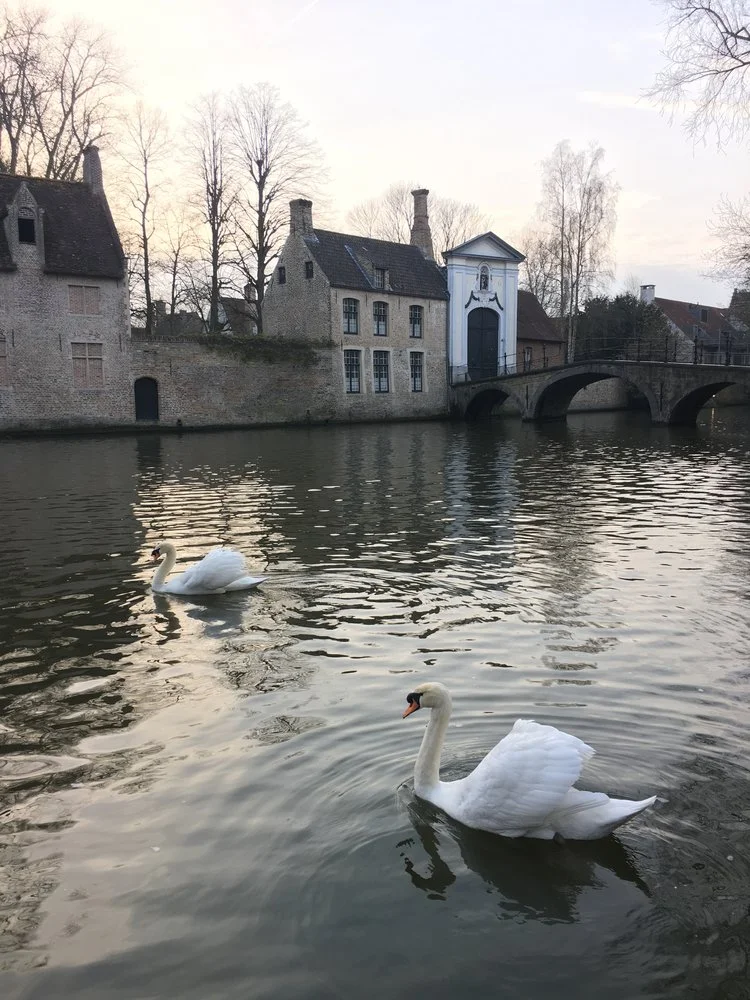Windmills, Bikes and Tulips
It’s hard to capture the energetic and outrageous experimentalism that is bubbling up in the city of Antwerp. Fancy a neon chandelier or a polka dot suit? Antwerp’s where it’s at. The store windows are practically popping with clashes of colour, designer homewares, vibrant rugs, antiques and vintage dresses.
On the streets of trendy Het Zuid (Antwerp’s answer to SoHo), it’s not unusual to see shoppers clad in silk floral pyjamas, joggers, a baseball cap and a trench. Somehow, they pull it off, looking effortlessly chic and ridiculously cool. We’re in awe, intoxicated by the eccentric vibe of the city and kicking ourselves that we’re only in town for the night.
We have bucket loads of time on this year-long trip but no time for regrets. Promising ourselves that we’ll be back, we say goodbye, wishing the emerging fashion capital luck as it strives to pull the limelight away from Paris and Milan.
Antwerp is the second biggest harbour in Europe, behind Rotterdam, which happens to be our next port of call (if you will forgive the pun). But first, we’re taking the scenic route through Zeeland to admire the incredible feat of engineering that is the Deltawerken.
Made up of islands, sea and more than a little bit of reclaimed land, the province of Zeeland has lived with the threat of floods since the beginning of time. Unfortunately, the North Sea floods of 1953 struck when the people of The Netherlands were least prepared, resulting in the deaths of over 1800 Dutch citizens. All of a sudden, the country's focus was not on post-war reconstruction but on finding a solution to prevent future water disasters. The result? An impressive and sophisticated storm surge barrier system that has since been declared one of the Seven Wonders of the Modern World.
If you paid more than a little bit of attention in history class, you’ll remember that the Dutch were among the first Europeans to set sail for 'lands unknown'. Abel Tasman, who also discovered Tasmania, founded New Zealand back in 1642, naming the country Nieuw Zeeland, after the southern Dutch province of Zeeland. Despite Captain Cook's best efforts, the name stuck. Imagine the course history might have taken, if Australia had kept the name 'New Holland'. Maybe we'd all be wearing clogs, instead of thongs; eating appelstroop, instead of Vegemite. Colonisation is a strange thing. Give a bit of land that already belongs to someone else a name, plant a flag and voila – it's yours.
The naming of cities needn’t be complex or sentimental. Take Rotterdam, for example. Back in 1270, a dam was built in the river Rotter, forming the heart of a modest fishing village, known as ‘Rotterdam’. Trade and shipping flourished and Rotterdam enjoyed the boons of a thriving economy, but it wasn’t until the early 19th century – when the Nieuwe Waterweg canal was excavated, linking Rotterdam to the sea – that the city was recognised the world over as an international port.
In 1873 the Holland-Amerika-Lijn was founded and soon passengers were able to sail from The Netherlands to New York in as little as 15 days. The North Atlantic crossing was a popular route, not only for holiday-makers, but for emigrants looking for a fresh start, post-World War II. For many, a trip from Rotterdam Harbour signified a new beginning.
When the entire city was reduced to rubble during the Rotterdam Blitz in 1940, the people of Rotterdam could have wallowed in self-pity but they decided to embrace the opportunity presented to them: if their beautiful city was no longer, they would design a new and improved city – one that was beautiful, modern and cutting edge.
Nicknamed ‘Manhattan on the Maas’, Rotterdam is an urban metropolis and architectural enthusiast’s dream. We take a cruise through the 105 square kilometre harbour, marvelling at the sheer size of the port, as we snack on speculoos cookies and hot tea. Looking at a map, it’s hard to envisage just how big the port really is. All I can say is that it is enormous. The entire country of Liechtenstein is 160 square kilometres, if that’s any help.
There's more to The Netherlands than windmills, bikes and tulips but if you've got the time and the weather is fine, I highly recommend clocking up a few miles riding through Kinderdijk, Valkenburg, Utrecht or Lelystad.
Why is cycling so pleasurable in The Netherlands? First, the terrain is flat. The highest point in The Netherlands is 322.4 metres (that's almost exactly half the height of Mount Dandenong). Second, the cycle network is so extensive (spanning approximately 35 000 kilometres) and well-designed that no other bike network in the world could possibly compare. Once you ride in The Netherlands, you're ruined for life. Third, you can ride your Dutch Granny bike to see the windmills and the tulips (if you happen to visit during spring, which we've discovered doesn't really start until late April).
So what's all this fuss about windmills?
The Dutch have a long a history with windmills and have employed these iconic machines to convert swamps into habitable or farmable land since the Middle Ages. In fact, some estimate that as much as 60% of the country would be under constant threat of flooding, if nature was simply left to 'do its thing'. That's quite a bit of land, for a small country!
With that in mind, it's not surprising that The Netherlands have taken to land reclamation to ensure that they keep their heads above water; in fact, as much as 7000 square kilometres of land has been reclaimed from the lakes and seas, amounting to almost 20% of the country's current land mass. The only country to have reclaimed more land – approximately 13 500 square kilometres is China (from the Yellow Sea).
If you're keen to see a windmill in operation, a visit to Kinderdijk is a must. Admire their sheer strength, take a few photos, but please don't stand too close – they are incredibly powerful!
At ten weeks in to our journey, we're at the point where we are starting to run out of conversational topics. But it's okay, because we've spent so much time in the Netherlands that we are practically becoming Dutch (we've found that the Dutch influence has been incredibly catching). Now, we too check our weather apps 5 times a day, wondering when the next rain shower will hit. Is it biking weather? Oh no, at 3pm there is an 80% chance of showers. But, if we take advantage of the two hour window before lunch? Yeh, that could work.
Speaking of which, I'd better find my raincoat ...



